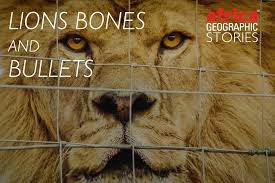When Do Filmmakers Need a “TV Hour”?
I’ve been asked this question a lot lately. Independent filmmakers want to know how soon they need a TV cut down ready to go. As soon as their feature is released?
Also called a “TV Hour”, a television cut down is a trimmed version of a feature-length documentary that retains the most compelling sections, generally within a 52 – 57 minute format.
While foreign broadcasters prefer a 52-54 minute “TV hour”, PBS’s “60-minute program” is 56:46, according to the PBS Producer’s Handbook. If your film is too long, PBS will cut it down to fill their slot requirement—at your expense.
For international slots, “Sales agents prefer hour versions to feature-length versions,” says distribution strategist Peter Broderick. “Outside the US, there are many more hour slots available for documentaries on television than there are slots for feature length versions.” He adds that sales agents are exclusively interested in distributing a “TV hour”.
So if you’re looking for a sales agent to shop your film around to outlets like the BBC (UK), NHK (Japan) and ARTE (European), ideally you have a securely-linked “TV hour” version already posted–just as you would have a trailer ready.
Months after completing her excellent documentary feature “Lions, Bones & Bullets” (2021), New Zealand producer Jasmine Duthie realized that “perhaps [releasing] our feature-length without having the one-hour ready to go was a mistake.” On the festival circuit, her film won the Jackson Wild Award for Best Documentary (the nature equivalent of the Oscars).
She consulted with distribution strategist Jon Reiss, who advised her that “foreign broadcast and PBS are looking for 60-minute films. So if you think that is the likely market for your film, it makes sense to plan for a ’60 as well.”
That advice echoes Broderick’s best tip: “If you haven’t already cut your hour version, find an editor who specializes in this to do it for you. It will be cheaper, faster, less painful, and possibly better than if you have your team do it.”
After I helped Duthie cut down her 73-minute feature doc to 52 minutes, she emailed, “When I next make a feature it will be a feature cut with a one-hour cut–or make just a one-hour film instead.”
Broderick agrees: “I generally recommend that filmmakers interested in international sales cut an hour version at the same time they’re editing their feature version.”
Well, what if you didn’t do that? Should you (or your editor) cut an additional TV version?
Ideally no. At least not at the initial stage. Someone from outside the film’s editorial team can provide the best perspective on what’s critical and what can be cut.
Thanks to Duthie for this testimonial: “After four years we were too close to the subject to see the wood from the trees. Karen swooped in, saving us countless hours agonizing over which precious gems to lose and still tell a clear and compelling story.”
To learn more about the cost of a TV cut-down as well as the workflow at New Doc Editing–read our TV Cut Down FAQ page.
